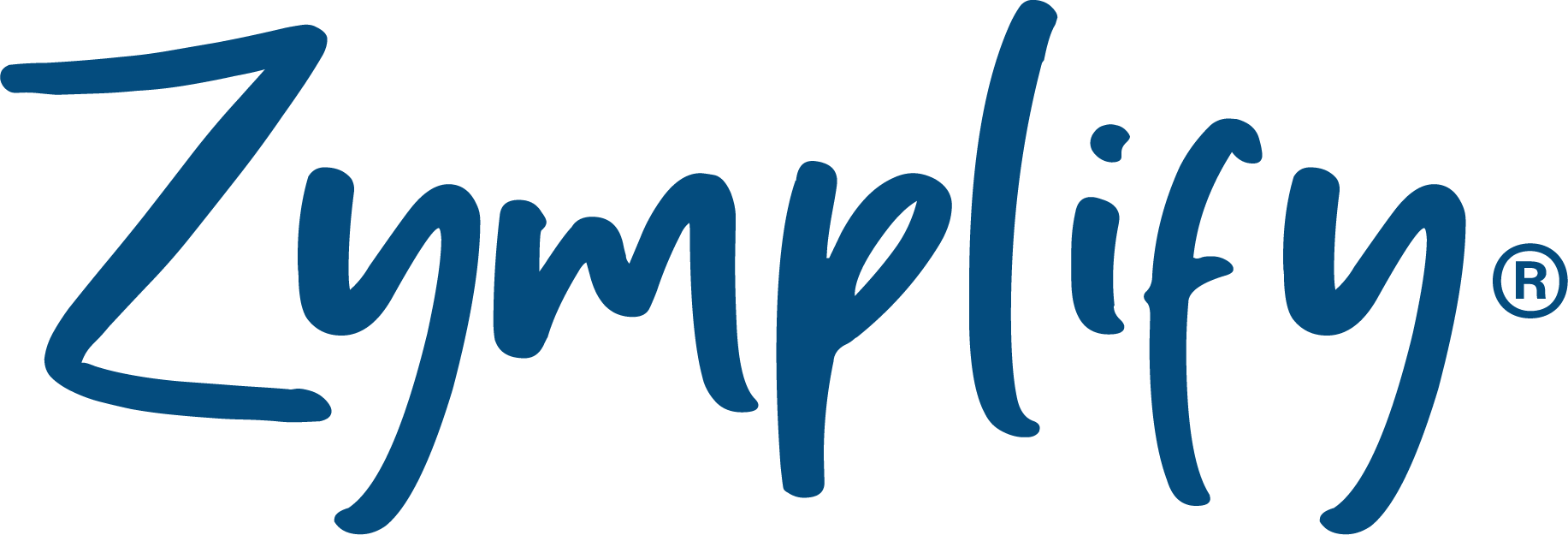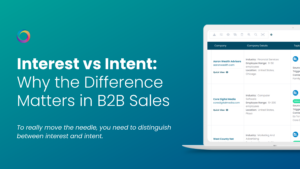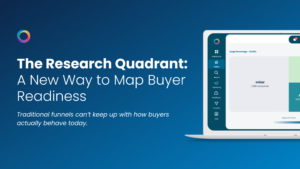Today’s Marketers use a wide range of software and technology to help them achieve their objectives. Often referred to as MarTech, or your Marketing Stack, it doesn’t take long for the number of tools you use to get out of control.
Many Marketers use essential tools such as CRM software, email marketing, social media platforms, workflow apps, sales pipelines, website content managers and analysis tools, and lead generation software. While essential, these tools are often from a range of providers, which means working across multiple platforms, with multiple logins, and vital data being stored in many different locations with minimal integration.
Overall, this results in inefficiencies from duplication of workload, difficulties creating seamless automation and personalised communications, and frustrations with inaccurate reporting, which reduces a Marketer’s ability to act quickly and make informed decisions.
Software, tools, and systems that were intended to make a Marketer’s life easier can quickly become a burden when your MarTech Stack is overloaded and ineffective.
Look out for these five key signs that your MarTech stack needs attention:
1. Too Many Separate Systems.
If you spend longer flicking between windows on your desktop, copying content and data from one location to the other, and creating your own merged spreadsheets of data than you actually spend on value-added marketing activities, you may have a problem. If you have a page in your notebook dedicated to the login details of the many different systems you need to use on a daily, weekly, and monthly basis, you definitely have a problem.
MarTech is supposed to help you be more productive and effective. While Marketers need many tools in their toolkit, too many distinct systems can create overwhelm and have the opposite effect – reducing the productivity and effectiveness of your marketing team.
Instead of putting up with a multitude of systems, check if there are simple steps you could take to streamline and integrate:
Maximise the benefits of systems you already have by checking their capabilities to make sure you are getting the most out of them.
Reduce duplication where you can – you may have multiple systems for different purposes, but if you dig deeper you may find a handful of them can achieve the same results.
Consider consolidating – with over 7,000 MarTech platforms on the market, it may be time to try something new. Technology is ever evolving. Five years ago, maybe you needed three different platforms to achieve your goals, but today, chances are there’s a platform that has brought the three functions together into one system.
2. Loss Of Focus.
All the marketing activities you undertake should relate directly to your overall marketing objectives, which are typically reviewed and updated at least annually. When reviewing your marketing objectives, review the software, platforms, and systems you are using to help you achieve them. Are they still necessary? Do they still help you to reach your goals? Or are they being used merely out of habit to report against KPIs that are no longer relevant?
When you refocus your objectives, review the tools you use to help you achieve them.
3. Lots of Effort Going In, Not Enough Data Coming Out.
If you are spending time and resources launching new campaigns, pushing out regular content, and posting on a range of social media, but you aren’t tracking and cross-referencing the results and using this information to inform your next steps, then you’re really missing out.
Tracking and analysing the results of your marketing efforts properly and using this to inform your strategy are as important to your overall performance as carrying out the marketing activities in the first place.
4. Leaky Funnels.
For many Marketers, multiple tools mean multiple integrations. In reality for most Marketers, multiple tools mean minimal integrations, with frazzled marketing teams trying to piece together information and insights from multiple platforms. If you’re using too many tools and the data collected isn’t cross-referenced, the result is often inaccurate data reporting and – worse – leaky funnels.
With the marketing stack you currently have, how easily could you identify a leak in your marketing funnel? How easily could you fix it, and how quickly?
5. Costs Are Getting Out of Control.
You’ve done the groundwork. You know who your target audience is, you have curated your key messages and created great content, you are using multiple platforms to get in front of your prospects and get your business seen. The only problem? It’s costing you a pretty penny to do it. The average cost of a basic MarTech stack is $21,924 per year, before any useful add-ons.
You want to maximise your results, align your use of software to your overall objectives, simplify and streamline your processes, ensure your data is accurate and integrated, identify and fix leaks in your funnel, and you want to do it as cost-effectively as possible. Ideally within one platform and for less than $10,000 per year.
Sounds impossible, right?
Not with Zymplify.
Zymplify allows you to integrate, automate, and execute your marketing campaigns and processes seamlessly, including your website, social media, email marketing, Customer Relationship Management (CRM), and more all within one easy to use platform.
Even better, by analysing your entire marketing funnel within one system, Zymplify helps you to identify what combination of marketing activities drives revenue. When you are able to justify your marketing budget – backed up by real data – proving the return on investment to your bosses becomes a breeze. Zymplify tells you what channels, data sources, campaigns, and content generates real life revenue, so when budget approval rolls round you won’t be met with blank faces when you ask for an increase in marketing spend.
Want to learn more? Have a chat with our team or book a free, no obligation demo today.




